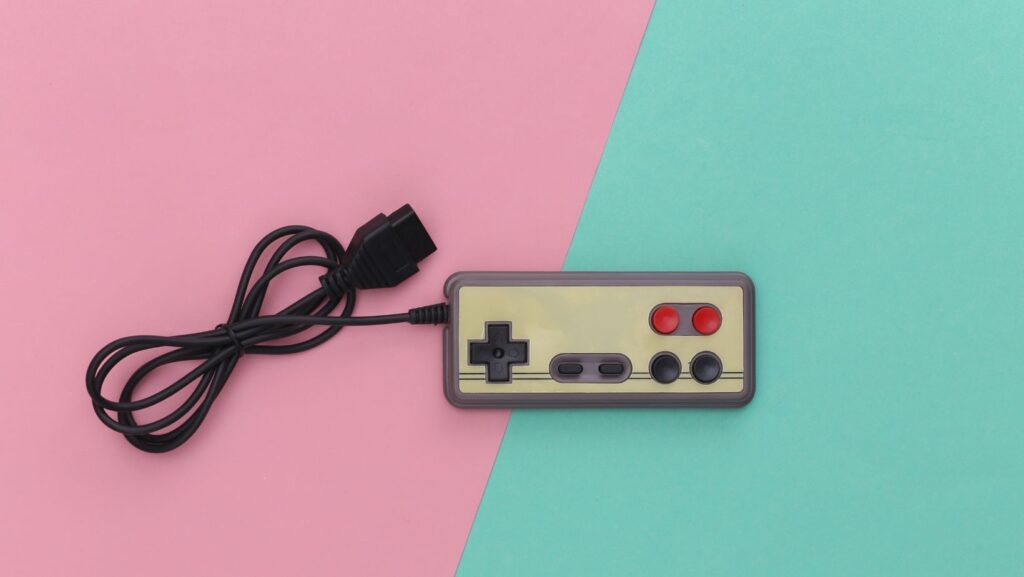In the world of gaming, nostalgia is a powerful force. The resurgence of interest in retro gaming has brought classic consoles like the NES, Sega Genesis, and PlayStation 1 into the spotlight. However, one key component often gets overlooked to truly enjoy these vintage systems in the modern era, which needs to be noticed: the right cables. Whether you’re dusting off your original hardware or diving into retro emulation, understanding the importance of retro gaming cables is essential for the best possible experience.
 The Importance of the Right Cable
The Importance of the Right Cable
When retro consoles were first released, they were designed to work with the technology of their time—primarily CRT (cathode-ray tube) televisions. These TVs used analog signals and could handle the lower resolutions of the games without issue.
However, modern TVs are digital and designed for high-definition (HD) content, which can cause problems when connecting older consoles. The result? Blurry images, distorted colors, or even no signal at all.
This is where retro gaming cables come into play. The right cables can bridge the gap between old consoles and new displays, ensuring you get the best picture quality and the most authentic experience possible.
Retro Gaming Cables
RF Cables
RF (Radio Frequency) cables were the standard for many early gaming systems. They combine audio and video signals into a single output, typically connected to the antenna input of a TV. While they were the only option, RF cables offer the lowest quality picture and sound by today’s standards. They often produce a fuzzy image and weak audio, making them a last resort for modern setups.
 Composite Cables
Composite Cables
Composite cables are a step up from RF. They separate video and audio into three RCA connectors: one for video (usually yellow) and two for audio (red and white).
This format was prevalent in the 80s and ’90s and offers better picture quality than RF, but it still needs to catch up on modern displays. The video signal remains analog and can appear grainy or washed out on HD screens.
S-Video Cables
S-Video (Separate Video) cables improve on composite by separating the black-and-white and color information into different signals. This produces a sharper image with less color bleeding, making S-Video popular among retro gamers. However, not all consoles support S-Video, so compatibility should be checked beforehand.
Component Cables
Component cables split the video signal into three parts—red, green, and blue—while audio remains on separate RCA connectors. This format offers one of the best analog connections for retro consoles, capable of transmitting higher-resolution images (up to 480p). Component cables are ideal for consoles like the PlayStation 2, Xbox, and GameCube, which can output progressive scan video.
SCART Cables
SCART (Syndicat des Constructeurs d’Appareils Radiorécepteurs et Téléviseurs) is a European standard that provides a significant leap in quality for retro gaming. SCART cables can transmit RGB signals, which offer the best possible picture quality for analog connections.
They deliver crisp images with vibrant colors, making them a favorite among enthusiasts. However, SCART ports are rare on North American TVs so that an adapter might be necessary.
 HDMI Converters and Cables
HDMI Converters and Cables
HDMI converters and cables are the ultimate solution for connecting retro consoles to modern HDTVs. These devices convert the analog signal from your console into a digital HDMI signal that your TV can easily recognize.
While they vary in quality, the best converters can upscale the original resolution to 720p or 1080p, providing a clear and smooth image. Some even offer additional features like scanline generation to mimic the look of CRT screens.
Retro gaming is more than just a hobby; it’s a way to reconnect with the past and experience the roots of modern gaming. However, the experience can be improved by poor video and audio quality if you’re using the right cables. Understanding the different types of retro gaming cables and their benefits can help you get the most out of your classic consoles on modern displays. Whether you’re a casual gamer or a dedicated collector, investing in the right cables can make all the difference in reviving your favorite classics.



